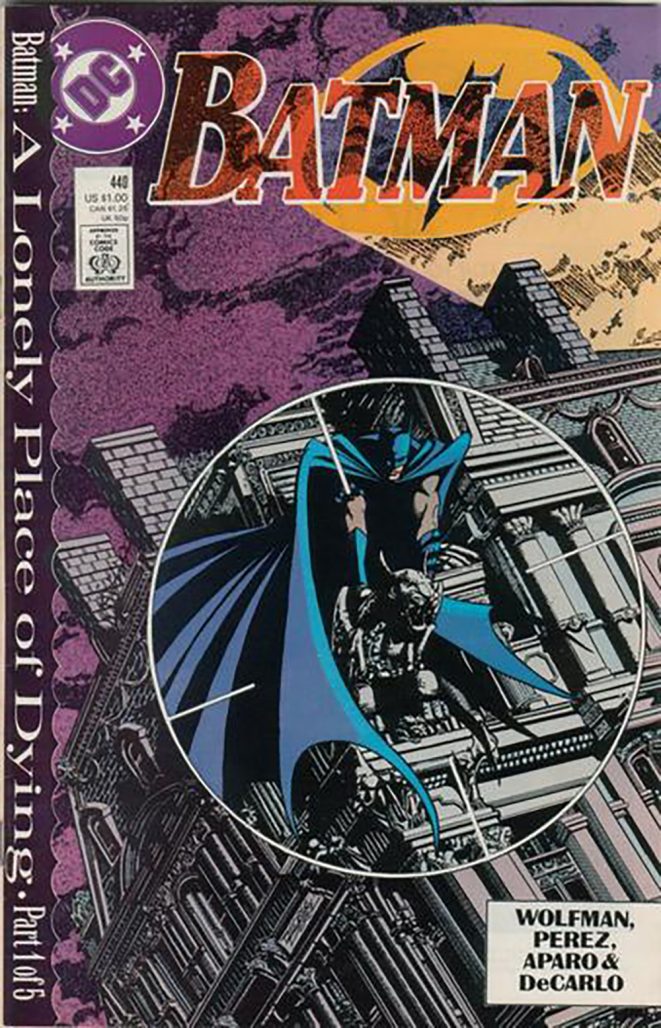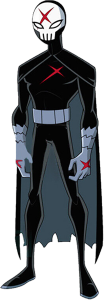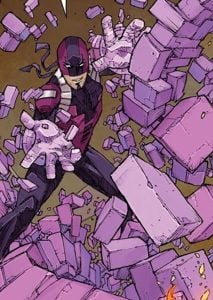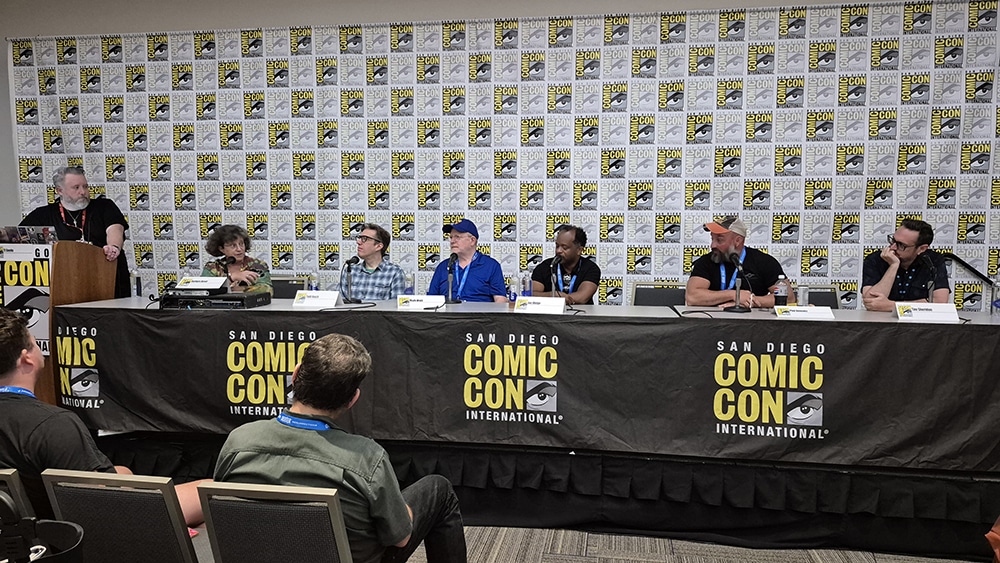By Gabriel Neeb
Assembled like the heroes of old, called together by common fate, some of the finest creators that have ever worked on comic book stories involving teen sidekicks gathered in Room 10 at the San Diego Comic-Con to discuss… teen sidekicks!
At the panel, “Legends in the Making: DC Teen Heroes and Beyond,” moderator TJ Shelvin (Upper Deck Publishing) led Barbara Kesel (Editor, New Titans), Todd Nauck (artist, Young Justice), Mark Waid (World’s Finest: Teen Titans), Joe Illidge (Editor, Batgirl), Phil Jimenez (artist, Titans Annual #1), and Tim Sheridan (writer, Titans Academy) in an examination of the best stories and characteristics of DC Comics’ teen superheroes.
The moderator structured the panel around vague questions and let the panelists speak on the topic he raised, the first one being, “What do sidekicks and teen heroes mean to you?”
Sheridan began the discussion by focusing on the Batman story “Lonely Place of Dying” from 1989 that introduced the character, and future Robin, Tim Drake. Sheridan saw a way to identify himself in a way he hadn’t seen in comics at that point. For Jimenez, one of the big things he saw was teens trying to do good in the world and that all the heroes he cares about are good people. Illidge focused on his experience reading Marv Wolfman and George Perez’s seminal run on New Titans as he saw great characters mature and grow. Waid wanted to be Robin. Well, when he was a kid, other kids wanted to be Batman, but you can’t really be Batman because Batman is a millionaire. But you can be an orphan, if you play your cards right. The audience chuckled at that one.
The moderator then asked what kind of mindset did each creator bring to their work on the teen heroes. Waid wanted to work on Wally West (Kid Flash) because Wally was the “fan made good.” Illidge was there for the birth of the milestone character Static and also oversaw the introduction of the Cassandra Cain version of Batgirl in the “No Man’s Land” story in 2000. In that, he was continuing the common mechanism in which characters find a sense of family by joining the Bat-family.
Jimenez’s first comic was New Teen Titans #12, where Wonder Girl (Donna Troy), fights the Gods of Olympus. For Jimenez, Donna was many things he responded to: an over performer that fed into a need to be perfect. And she was the girliest character in the best way.
This led to a very intense discussion about Donna Troy by all parties, especially her relationship with Dick Grayson (first Robin and Nightwing) as it was one of the few male-female relationships that didn’t serve to set up a romantic subplot. Jimenez also took this time to mention that he has a Donna focused story in the New Titans Annual being released next week.
Other panelists praised Donna Troy, especially Illidge who cited New Teen Titans #38 as one of the best single issues DC ever published.
The panel had to make it a point to note that this was not a Donna Troy panel.
Nauck used this topic to discuss his time on Young Justice and how he got there. To start, it was originally going to be called Justice League Junior. Todd Dezago was going to write it until Peter David took over. An interesting story is that Nauck almost became the artist for the Sensational Spider-Man, but he turned it down because Young Justice meant he could draw Impulse, the sidekicks of the Flash at the time (late 1990s). Many people around Nauck tried to orient him towards Spider-Man, but Todd was a HUGE fan of Impulse, so Young Justice won.
Sheridan’s experience writing Titans Academy, where the sidekicks end up as mentors to upcoming teen heroes, came at an interesting time in the history of DC and Time-Warner (or whatever they were calling themselves at the time; seriously, they give themselves a new name with frightening regularity) as it was around COVID (2020/2021), and the company was reorganizing and laying people off. He was aiming for a “Degrassi with capes” story and among other things, he had to work the character Red X into the story.
DC didn’t have permission to use Red X as he was from the Teen Titans cartoon until DC secured permission, at which point Nauck had to immediately work the character into more of the story.
One interesting topic that arose was that while DC has, currently, three Flashes, three Batgirls, and two Blue Beetles, there only seemed to be one Robin at the time. Waid spoke on this specifically with his theory about this trend: “Robin” is an honorary position and one character has to earn it by surviving training with Batman.
With this, the panel was turned over to audience questions. One was about when it was okay to age up a character. The answer? “In a shared universe, never!” The issue was also addressed by Nauck. Titans Academy featured the character Bunker, flirting with an adult. This was stopped by editorial as they held that Bunker was a teenager, and teen-adult flirting wasn’t allowed. Except in the series, Bunker was an adult. Editorial still held that while that may be true, they saw Bunker as a teenager.
During this time, Illidge made the point that DC operates on a ten-year cycle. Every ten years or so, fans get new Batgirls or new Kid Flashes. He also suggested we all seek out Waid’s recent True History of the DC Universe (of which #2 was just released).
Another question was what inspired the aging up of teen heroes? “When the first generation of fans became pros,” and those pros sought to build out the characters into more than what they were.
The panel finished with each member recommending their favorite teen heroes or sidekicks story.
Sheridan: Lonely Place of Dying
Jimenez: Titans Annual #1
Illidge: the first year of Static (collection coming soon)
Wait: Silver Age Teen Titans
Nauck: Impulse from the 1990s
Kesel: New Teen Titans
Stay tuned to The Beat for more coverage from SDCC ’25.
Tags: sdcc ‘25

 15 hours ago
1
15 hours ago
1









 English (US)
English (US)